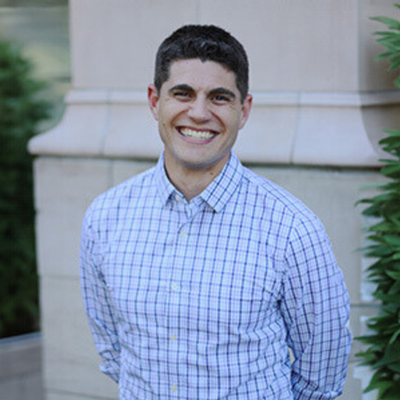News and Updates
Contact
Faculty of Social Science
Social Science Centre
Room 9438
Western University
T. 519-661-2053
F. 519-661-3868
E. social-science@uwo.ca
Exploring Social Inequality Through the Lens of Geography: An Interview with Professor Patrick Denice on the Mapping Inequality Course
August 24, 2024
In the ever-evolving field of sociology, understanding the spatial dimensions of social phenomena has become increasingly important. Professor Patrick Denice’s Mapping Inequality course at Western University exemplifies this shift, offering students a unique blend of theoretical insights and practical skills. We chatted with Professor Denice to learn more about what inspired this innovative course and how it equips students for their future careers.
What inspired you to develop and teach the Mapping Inequality course?
Professor Denice’s vision for the Mapping Inequality course emerged from his desire to bridge students’ substantive interests in sociology with hands-on methodological skills. “I wanted to create a class that not only builds on what students have learned in their other sociology courses but also allows them to apply these concepts through practical, real-world data analysis,” he explains.
The course reflects a broader trend in the discipline, leveraging new data sources and analytical tools to explore how spatial factors influence social relations. “We’re now able to access data with geographical identifiers, such as the neighbourhood or city an individual lives in, which has sparked increased interest among sociologists in examining how space and place shape social dynamics,” Denice notes. His own experiences with mapping in research further fueled his passion for the course. “I had taught myself spatial analysis techniques out of necessity and wanted to share what I had learned with my students.”
Can you describe the key practical lessons and skills that students gain from this course?
The Mapping Inequality course is designed to provide students with both theoretical knowledge and practical skills. “We dive into the theoretical reasons why space and place matter for inequality, but a significant portion of the course involves hands-on labs,” says Denice. Students work with real-life data using R, a popular open-source programming language, to learn fundamental tools of spatial analysis.
This practical approach ensures that students gain concrete skills, such as data management, spatial analysis, and visualization techniques. “By the end of the course, students have a solid grasp of how to analyze and present spatial data, which is a valuable skill in many fields,” Denice adds.
How do you ensure the course content remains relevant and engaging for students?
Professor Denice emphasizes the importance of aligning course content with students’ interests. “The course is structured around basic tools for spatial analysis, which can be applied to a wide range of topics,” he explains. To keep the material engaging, he incorporates examples from diverse areas within sociology and beyond, including public health, criminology, and urban studies.
Students also have the opportunity to work on original projects, tackling research questions of their own choosing. “It’s rewarding to see the variety of topics students explore, from environmental issues like tree cover density to economic concerns such as the distribution of Airbnb listings,” Denice shares. These projects encourage students to apply their skills in meaningful ways and develop their own research narratives.
What feedback have you received from students about the course?
The response from students has been overwhelmingly positive. “Students often tell me that this course stands out from others they’ve taken due to its applied, hands-on focus,” says Denice. Although some students initially expressed concerns about the statistical components, they soon found that the course emphasizes the practical use of numbers and visuals to illustrate patterns of inequality.
How does this course prepare students for their future careers or academic pursuits?
The Mapping Inequality course equips students with a range of skills applicable to various careers and academic paths. “Students gain experience in computer programming, data management, and visualization, all of which are valuable in many professional and research settings,” Denice notes. Additionally, the course fosters communication skills through writing and presentations, preparing students to effectively convey their research findings.
Professor Patrick Denice’s Mapping Inequality course is a testament to the power of integrating theoretical knowledge with practical skills. By exploring the spatial dimensions of social inequality, students gain a deeper understanding of the world around them and develop valuable tools for their future endeavours.

